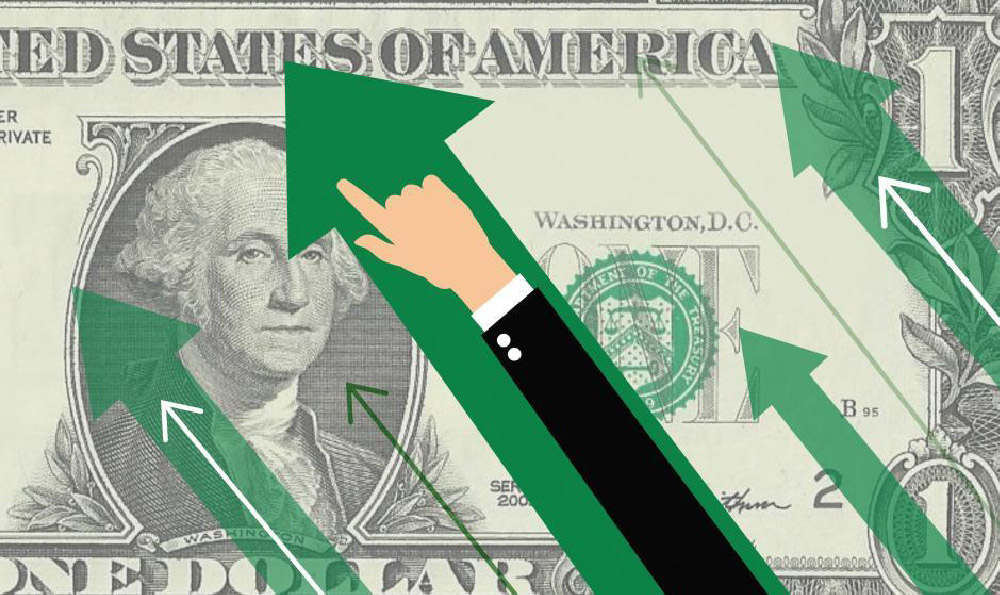How much revenue does the NBA generate, and what are the sources?
The National Basketball Association (NBA) is a global entertainment and financial behemoth, generating billions of dollars in revenue annually. Understanding the magnitude of this revenue and its various sources is crucial for anyone interested in the sports industry, business, or even the broader entertainment landscape. In recent years, pre-pandemic, the NBA consistently reported revenue figures exceeding $8 billion, and projections indicated continued growth. While specific figures fluctuate based on various factors, analyzing the key revenue streams provides a clear picture of the league’s financial powerhouse status.
One of the most significant contributors to NBA revenue is media rights deals. These lucrative agreements with television networks and streaming services form the bedrock of the league's financial stability. National broadcast partners like ESPN/ABC and TNT pay substantial sums for the rights to broadcast regular season games, playoffs, and the NBA Finals. These deals often run for multiple years, providing a predictable and substantial income stream. The value of these rights is based on viewership numbers, advertising rates, and the perceived entertainment value of the NBA product. As technology evolves, the NBA has also strategically embraced streaming platforms, negotiating deals that allow fans to watch games online, further expanding their reach and revenue generation. Moreover, international broadcast rights are also a significant source of income, reflecting the global appeal of the NBA. The rising popularity of basketball in countries like China and India has created new opportunities for revenue growth, with international media deals becoming increasingly valuable.
Ticket sales also represent a vital source of revenue for the NBA. The excitement of attending a live game, witnessing the athleticism of star players, and experiencing the electric atmosphere of a packed arena contribute to strong ticket demand. Teams strategically price tickets based on factors such as game importance, opponent popularity, and seat location. Premium seating options, like courtside seats and luxury suites, command significantly higher prices, further boosting revenue. Beyond individual game tickets, season ticket packages provide a consistent and predictable revenue stream for teams. These packages often come with exclusive benefits, such as priority access to playoff tickets and discounts on merchandise. Moreover, the NBA capitalizes on special events like the All-Star Game and international exhibition games to drive ticket sales and enhance the fan experience. These events attract fans from around the world, generating significant revenue through ticket sales, hospitality packages, and merchandise.

Sponsorships and advertising constitute another crucial revenue stream for the NBA. The league and its individual teams partner with a wide range of companies, from major corporations to local businesses, to create mutually beneficial marketing opportunities. These partnerships can take various forms, including jersey sponsorships, arena naming rights, in-game advertising, and endorsements of individual players. The NBA’s global reach and brand recognition make it an attractive platform for companies looking to reach a large and diverse audience. Advertising revenue is generated through the sale of commercial spots during game broadcasts, as well as through advertisements on the NBA's website, social media channels, and other digital platforms. The value of advertising spots is based on viewership numbers and the target audience. Furthermore, the NBA leverages its digital assets to create innovative advertising solutions for its partners, such as branded content and interactive experiences. These creative partnerships not only generate revenue but also enhance the fan experience by integrating brands into the game in a seamless and engaging way.
Merchandise sales contribute significantly to the NBA's financial success. From jerseys and apparel to hats and collectibles, fans eagerly purchase merchandise to show their support for their favorite teams and players. The NBA has established licensing agreements with various manufacturers and retailers to ensure that high-quality merchandise is readily available to fans worldwide. Online retail platforms and team stores offer a wide selection of merchandise, catering to diverse tastes and budgets. The NBA also capitalizes on special events and collaborations to create limited-edition merchandise that generates excitement and demand. For instance, commemorative jerseys and collectibles associated with championship wins or milestone achievements often become highly sought-after items. The NBA's licensing program ensures that the league and its teams receive a portion of the revenue generated from merchandise sales, providing a steady stream of income.
Finally, revenue sharing mechanisms play a critical role in maintaining the financial health and competitive balance of the NBA. The league distributes a portion of its revenue to its member teams, helping to ensure that all teams have the resources necessary to compete effectively. This revenue sharing system is particularly important for smaller market teams, which may not have the same revenue-generating potential as larger market teams. By sharing revenue, the NBA promotes parity and encourages investment in player development and infrastructure across the league. The specific details of the revenue sharing agreement are subject to negotiation between the NBA and the players' union during collective bargaining. These agreements typically address issues such as salary caps, luxury taxes, and player compensation, all of which have a direct impact on the financial health of the league and its teams.
In conclusion, the NBA generates substantial revenue from a variety of sources, including media rights deals, ticket sales, sponsorships and advertising, merchandise sales, and revenue sharing mechanisms. These revenue streams work in concert to create a financially robust league that is capable of attracting top talent, investing in infrastructure, and delivering a world-class entertainment product to its fans. Understanding the intricacies of these revenue sources is essential for anyone seeking to gain a deeper appreciation for the business of basketball and the financial dynamics of the sports industry. The continued growth and evolution of these revenue streams will be critical to the NBA's long-term success and its ability to remain a global leader in sports and entertainment.















